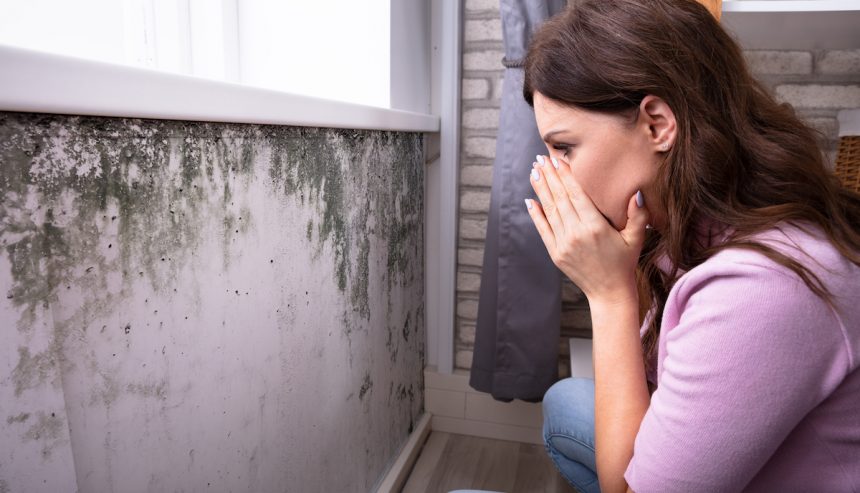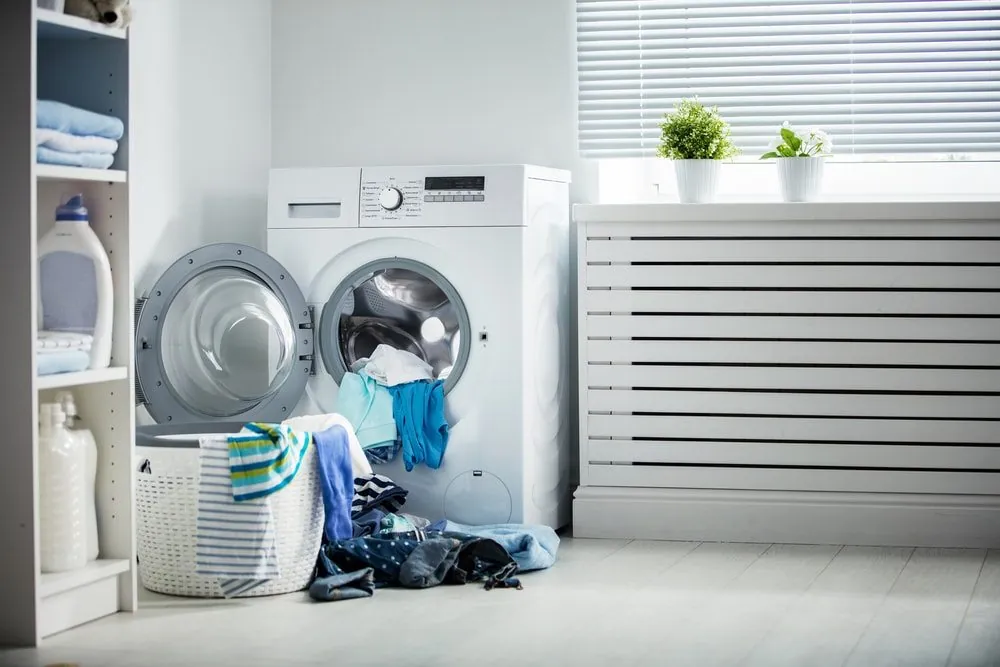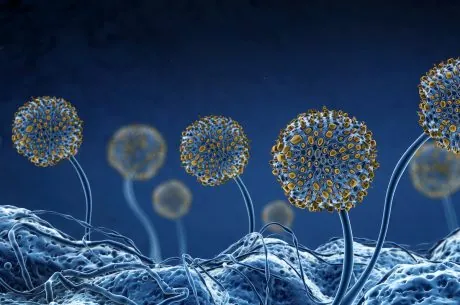Are you asking yourself “what is the difference between mold and mildew?” Mold and mildew are two fungi that commonly grow in the home. Although they are both fungi, there are some major differences between them. This article explains the “mildew vs mold” mystery.
While both grow in damp and humid areas, they can affect your health and home differently. Knowing the differences between mold and mildew can help you know how to approach the problem. Read on to learn what separates mold from mildew and what you should do if you encounter either in your home.
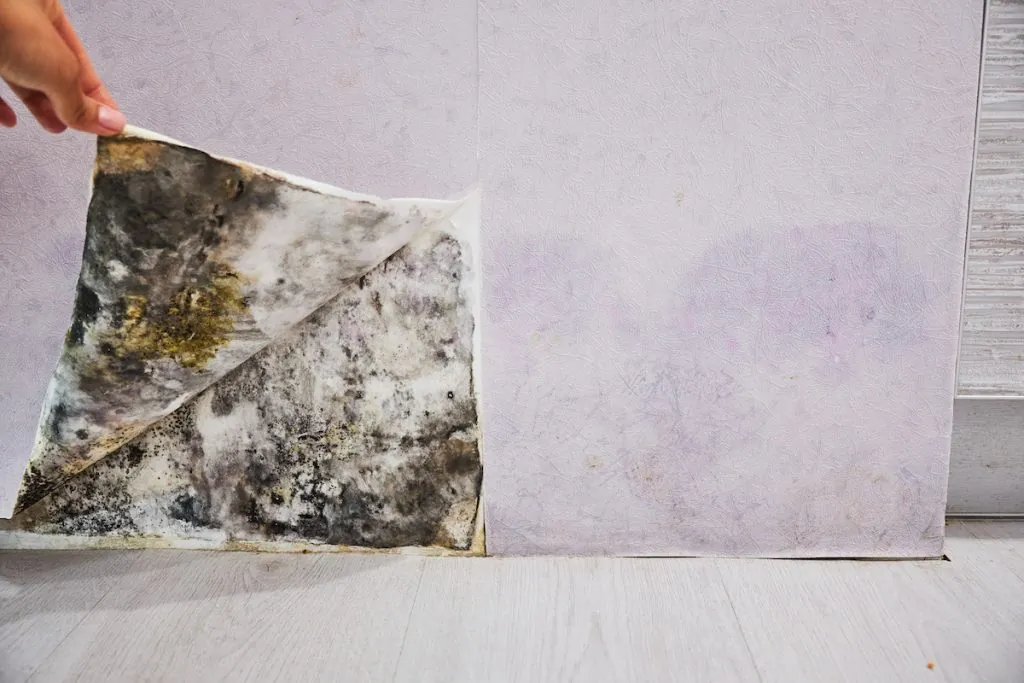
What is Mold?
Mold is a fungus that grows in humid and damp environments. It often appears as a white, green, or black substance that can be slimy to the touch. Mold reproduces by releasing mold spores into the air, which can cause health problems if inhaled. Some people are allergic to mold, which can cause respiratory problems. Children are especially susceptible to issues related to black mold exposure.
What is Mildew?
Mildew is a fungus that grows on plants, clothes, and other organic materials. Mildew is considered an early stage of mold, though it is not as common as mold. It thrives in moist environments and often looks like a powdery substance. Mildew can cause damage to fabrics, plants, and other materials.
What Is the Difference Between Mold and Mildew?
The distinction between mildew vs. mold is that mildew grows on visible surfaces, whereas mold may develop anywhere. Mold is also more prevalent than mildew, creating more health risks. Mildew isn’t as dangerous as mold but may still harm textiles and other materials.
Though mold carries more health risks, you must act right away if you encounter either of these in your home. Both mold and mildew can elicit health concerns if exposed to excessive quantities, so getting rid of them as soon as possible is critical. It’s highly recommended that you contact a professional to assist with mold removal.
Let’s look at the main traits of mold and mildew and how they differ.
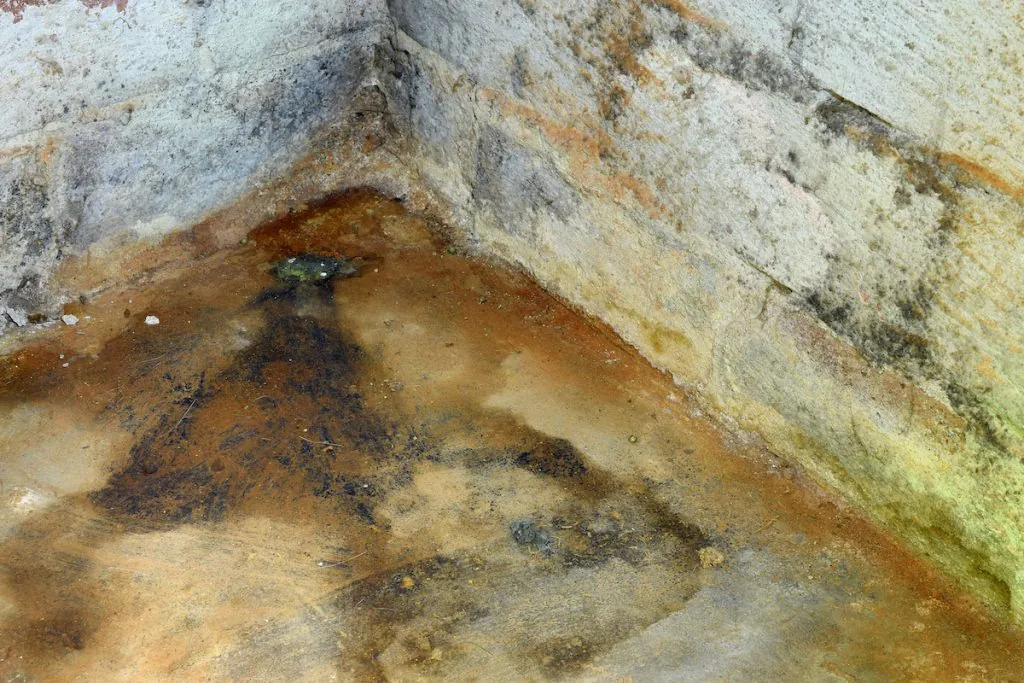
Where They Grow
Both mildew and mold can grow in damp areas in homes and outdoors. They need an organic food source, such as drywall, wood, plants, or soil.
Mold spores exist all around us. In the right environment, they can attach and grow on any organic surface in a home. Given enough time, mold can cause materials to rot and destroy the structural components of your home. Mildew grows mostly on plants and can kill them if not removed in time. Mildew also grows on walls, wallpaper, and wood, as well as on appliances such as heat pumps.
Appearance
Visible mold is usually fuzzy or slimy, whereas mildew appears powdery or downy. Downy mildew is yellow at first and turns brownish-yellow later on. Powdery mildew is white and then turns yellow and black when it matures.
Mold appears as irregularly shaped spots that can have different colors – blue, green, yellow, brown, gray, black, or white. Mildew usually grows in a flat pattern and appears as white, gray, or yellowish patches that turn black, or brown over time.
Exposure Symptoms
Mold exposure can cause several health problems such as allergic reactions (sneezing, itchy eyes, runny nose, coughing, wheezing, irritation of the throat, rashes, etc.), respiratory problems (difficulty breathing, coughing, asthma attacks), heart problems, migraines, depression, and more.
Mildew exposure poses fewer health risks – coughing, headaches, sore throat, and respiratory problems. However, like mold, prolonged exposure can create more severe symptoms.
When mildew appears on the visible surfaces of your house, it is typically removed sooner. Mold stains can reveal the location of mold growth, but mold problems may also be hidden. This makes managing mold more difficult and explains why mold health issues are more widespread.
Mold vs Mildew: Benefits
Some molds are beneficial. For example, Penicillium is used to make antibiotics and can also be used to produce cheese and tofu. Mildew does not have any known benefits.
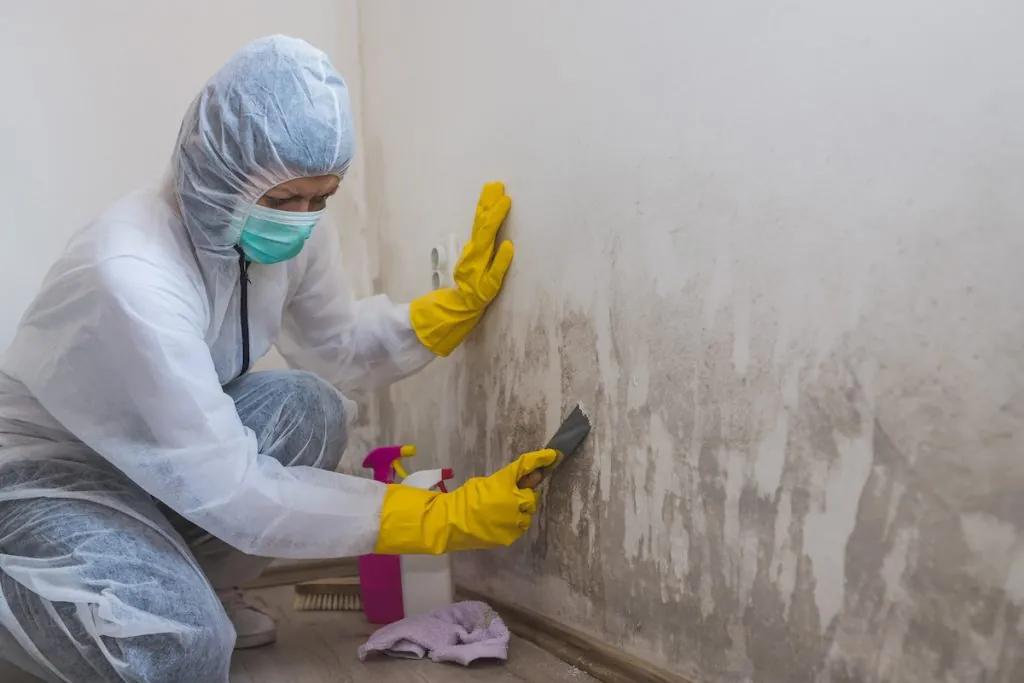
How to Get Rid of Mold and Mildew in Your Home
Removing mold yourself can be difficult and damaging to your health. If the moldy area is larger than 10 square feet, the safest and most efficient way to remove the mold is to call a mold remediation company. We have the proper equipment and training to remove mold and help to prevent mold growth effectively.
You can take some steps for a smaller affected area – less than 10 square feet. Take proper precautions, and wear protective gear. This includes rubber gloves, N-95 masks, and goggles/protective eyewear.
If you try your own mold remediation for small areas, you can use common household products, like baking soda, hydrogen peroxide, undiluted vinegar, and a spray bottle. Among the many kinds of molds that can grow indoors, black mold is one of the most infamous. Learn about black mold removal. Remember that these are not the same products or steps PuroClean would use to remove mold. Chlorine bleach or a bleach solution does not kill mold, and we don’t recommend using bleach to eliminate mold.
Mildew on plants can be removed by wiping the leaves gently with a dampened paper towel. After each wipe, freshen the paper towel. Replace the paper towel when all parts have touched the moldy surfaces and cut off any leaves that still have
Mildew on plants can be removed by wiping the leaves gently with a dampened paper towel. After each wipe, freshen the paper towel. Replace the paper towel when all parts have touched the moldy surfaces and cut off any leaves that still have visible mold.
How to Prevent Mold Growth and Mildew
One of the best ways to clean mold is to prevent mold spores from growing in the first place. You can do a few things to prevent mildew and mold growth in your home.
- Ensure that areas throughout your home are well-ventilated.
- Keep humidity levels low. Humidity can cause moisture to build up, which can lead to the growth of mold and mildew.
- Use a dehumidifier in damp areas, such as the basement or bathroom.
- Fix plumbing leaks right away. A leaky roof or pipe can provide the perfect environment for mold and mildew to grow.
Prevention is the first line of defense to combat mold. It can protect your family and save you time and money. Learn more mold prevention tips.
Call PuroClean’s Mold Remediation Experts Today!
Now that you understand the “mildew vs mold” mystery, it’s time to call the mold removal professionals if you have a mold problem in your home or business. Call the mold remediation experts at PuroClean 24/7. No matter how much mold affects your property, our technicians are ready to help. Visit our office locator or call (800) 775-7876 to get connected with your local PuroClean office today.
